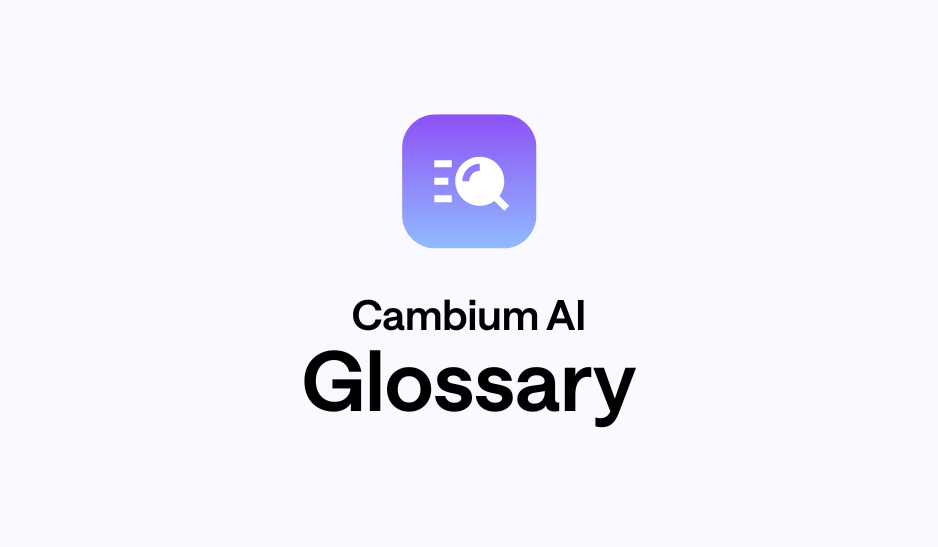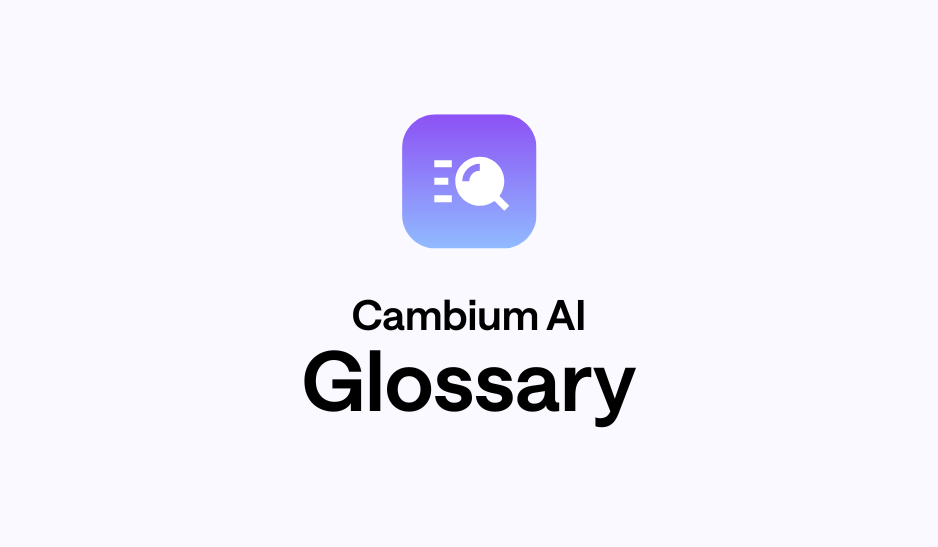Income-to-Poverty by Household Type | Demographic Glossary

Definition
Provides the ratio of household income to the poverty threshold, categorized by different household types (e.g., married-couple families, single-person households, female-householder families).
Why It Matters
Offers a nuanced view of economic well-being for different household structures, revealing which family types are more likely to be near, below, or significantly above the poverty line.
Specific Relevance for Professionals:
Marketers
Enables precise segmentation by understanding the economic realities of various household types. For instance, identifying single-person households just above the poverty line versus married-couple families well above it, influencing tailored product offerings.
Researchers
Fundamental for detailed studies of economic vulnerability and resilience across diverse household structures. It helps analyze the effectiveness of programs in supporting specific family types in various income brackets relative to poverty.
Consultants
Useful for social impact assessments and advising clients on programs designed to support specific household types in economic distress, by understanding their proximity to the poverty line.
Public Policy Workers
Critical for designing tiered social assistance programs, setting eligibility criteria, and measuring the impact of policies on moving different household types closer to or further from economic self-sufficiency.
